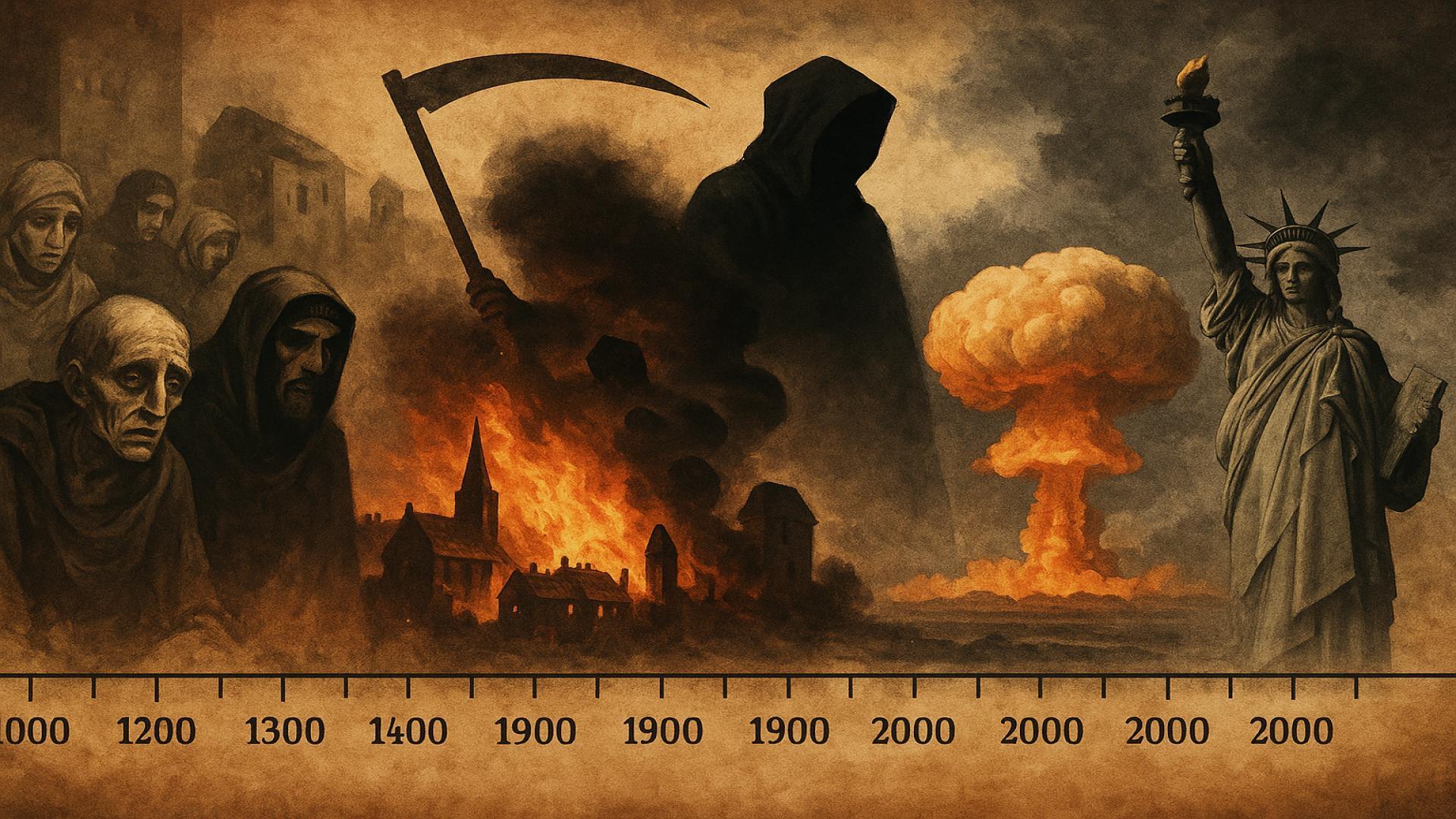1. The Black Death (1347-1351)

The Black Death, which swept through Europe between 1347 and 1351, was one of the most devastating pandemics in human history. Caused by the bacterium Yersinia pestis, it led to the death of an estimated 25 to 30 million people in Europe, approximately one-third of the continent’s population at the time. The disease manifested in three forms: bubonic, pneumonic, and septicemic, with the bubonic form characterized by painful, swollen lymph nodes. The rapid spread of the plague resulted in widespread fear, economic collapse, and social upheaval. Entire villages were depopulated, and urban centers experienced severe population declines. The Black Death’s impact was profound, leading to significant demographic shifts, economic disruptions, and lasting changes in European society. For a more detailed account, you can refer to History.com.






















